

America makes a solemn promise to its servicemen and women: If you risk your life for this country, we will care for you when you return. For too long, that promise has been broken by a federal bureaucracy more devoted to protecting its unions than serving veterans.
That changed this year. In a bold and long-overdue move, Veterans Affairs Secretary Doug Collins ended most collective bargaining agreements for the department’s 430,000 unionized employees. His action follows a March executive order designed to put veterans first and strip away the union roadblocks that slowed hiring, blocked accountability, and siphoned resources away from patient care.
For the first time in decades, the VA can operate as what it was meant to be: a service organization dedicated entirely to those who served.
For decades, outdated contracts tied the hands of VA managers. They could not reward high-performing employees, fire underperformers, or recruit top talent. In some cases, they were forced to keep workers on the payroll even after serious misconduct — all because unions defended them regardless of the cost to veterans.
The American Federation of Government Employees was the worst offender. It fought even bipartisan reforms like the Mission Act of 2018, which allowed veterans to access private medical care when VA hospitals were over capacity. That law cut wait times, but the American Federation of Government Employees resisted because it threatened the union's control over the workforce.
The union's goal was never better care. It was raw power.
The cost of that power was staggering. In 2024, VA union officials logged more than 750,000 hours of taxpayer-funded “official time,” collecting government salaries to conduct union business instead of serving veterans. Some drew paychecks of more than $200,000 a year without performing a single VA duty. That money and manpower were stolen from the mission.
Collins’ reforms are beginning to change the culture. As of April 25, the VA stopped automatically deducting union dues from paychecks. Workers now decide for themselves whether to send their earnings to a union or keep the money for their families, savings, or personal needs.
The department has also reclaimed 187,000 square feet of office space once occupied by unions and eliminated millions in costs for union-provided equipment. Those savings are being redirected to training, performance bonuses, and modern tools for VA staff. The principle is simple: Every dollar and every hour should serve veterans, not union bosses.
Critics argue that these changes weaken worker protections. The opposite is true. The reforms create a merit-based culture where good employees can thrive and bad ones can no longer hide behind endless grievance procedures. Veterans will benefit from faster, more responsive care delivered by a workforce motivated by performance, not politics.
The impact will be felt across the system. Hiring can move quickly without layers of union sign-off. Misconduct will bring swift discipline. Resources once wasted on union perks will flow to medical equipment, expanded telehealth services, and modernized facilities. Veterans will finally see shorter wait times, higher-quality care, and a culture that puts them at the center of every decision.
RELATED: Disabled vets denied dignity as VA claim backlog becomes unbearable
 Photo by MivPiv via Getty Images
Photo by MivPiv via Getty Images
By freeing the VA from entrenched unions, Collins has restored accountability, strengthened the workforce, and realigned the department’s mission with its values. For the first time in decades, the VA can operate as what it was meant to be: a service organization dedicated entirely to those who served.
America owes its veterans nothing less than excellence. Collins’ actions are a decisive step toward honoring that debt. The men and women who wore the uniform kept their promise to the nation. Now their government is finally keeping its promise to them.
.png)
 2 hours ago
1
2 hours ago
1

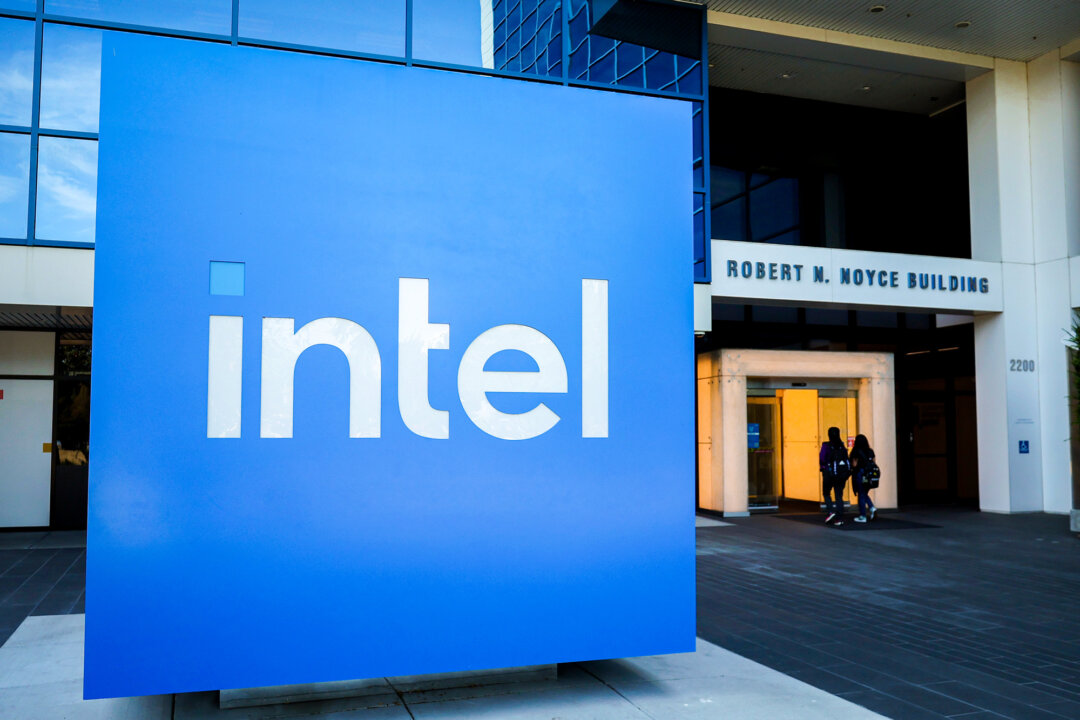


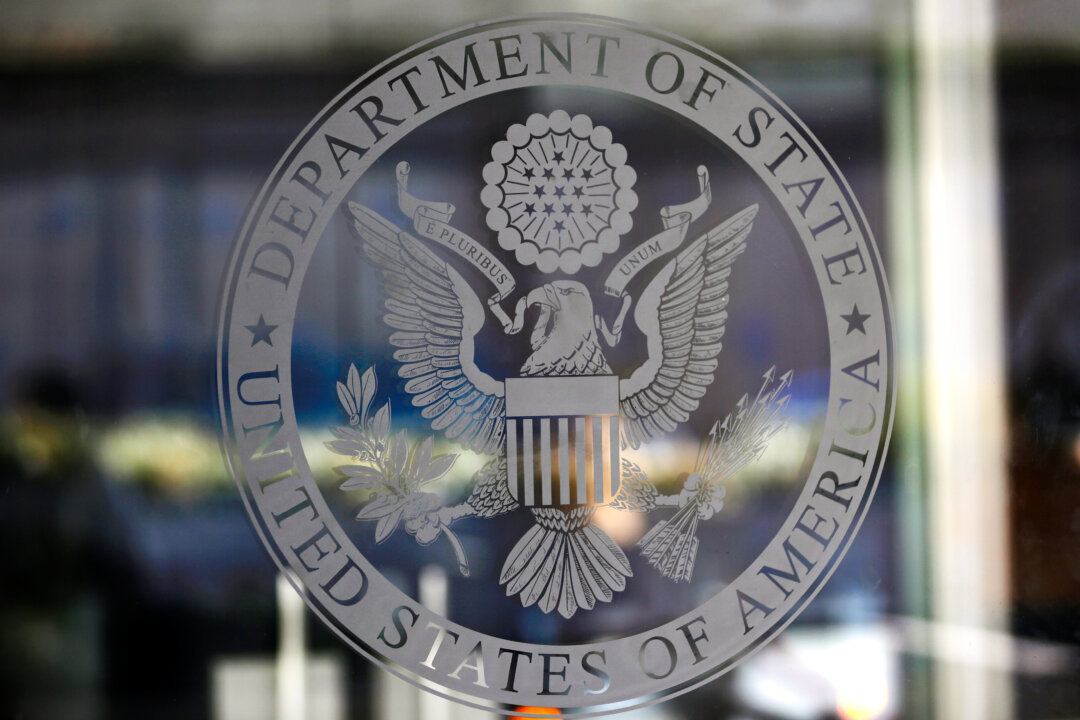

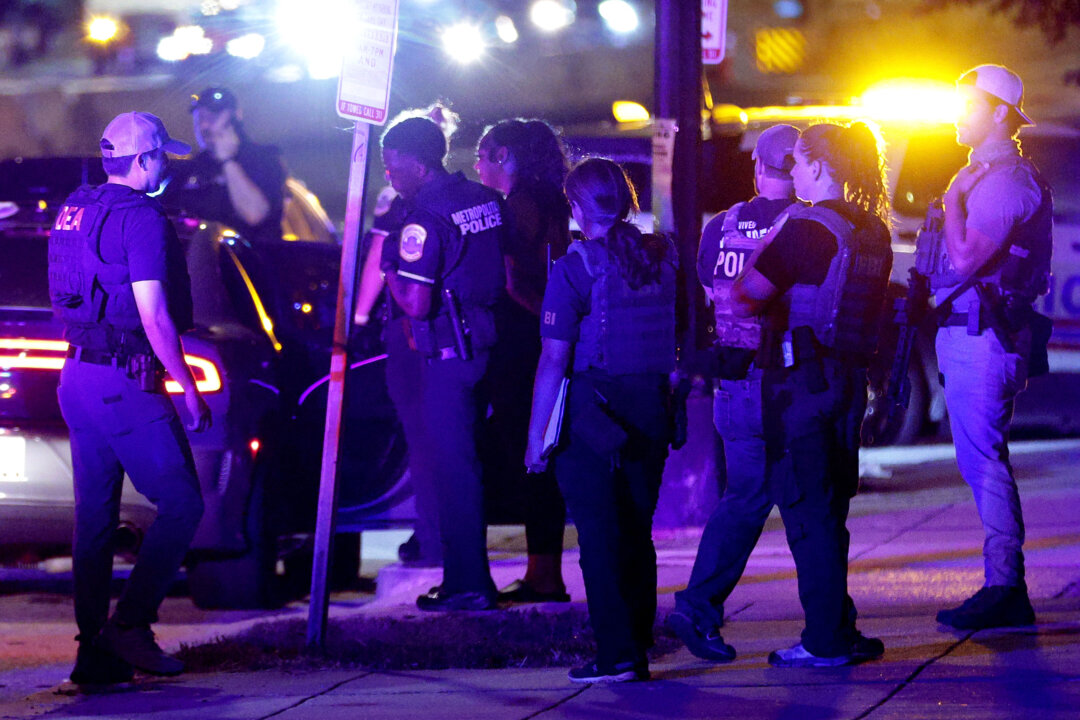

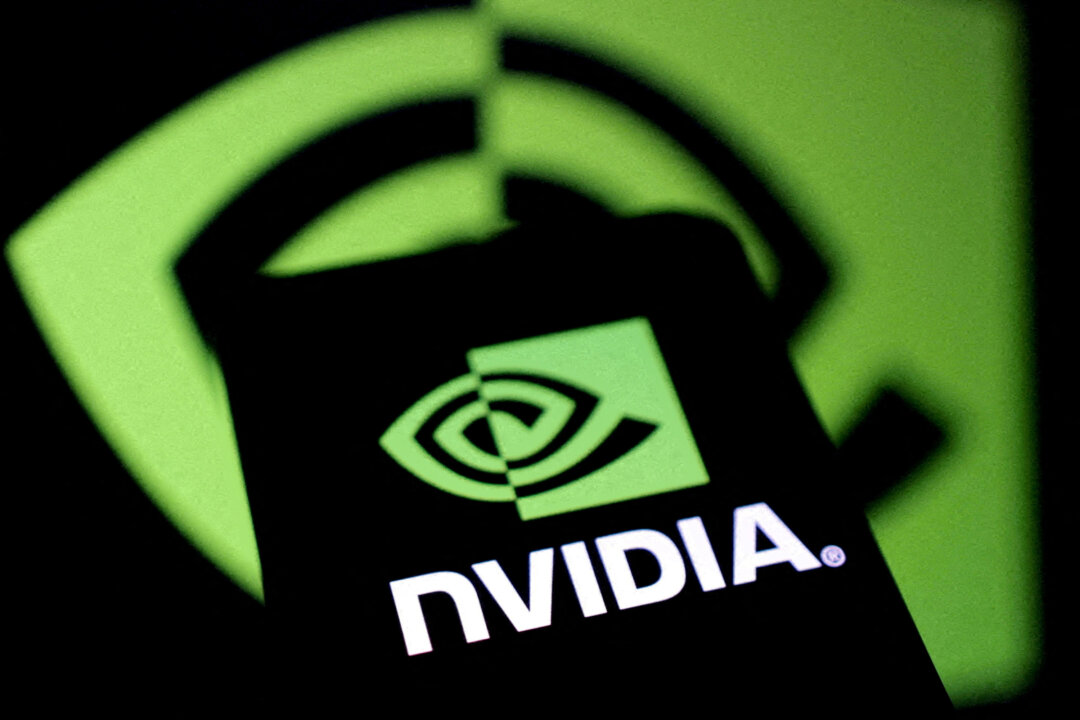
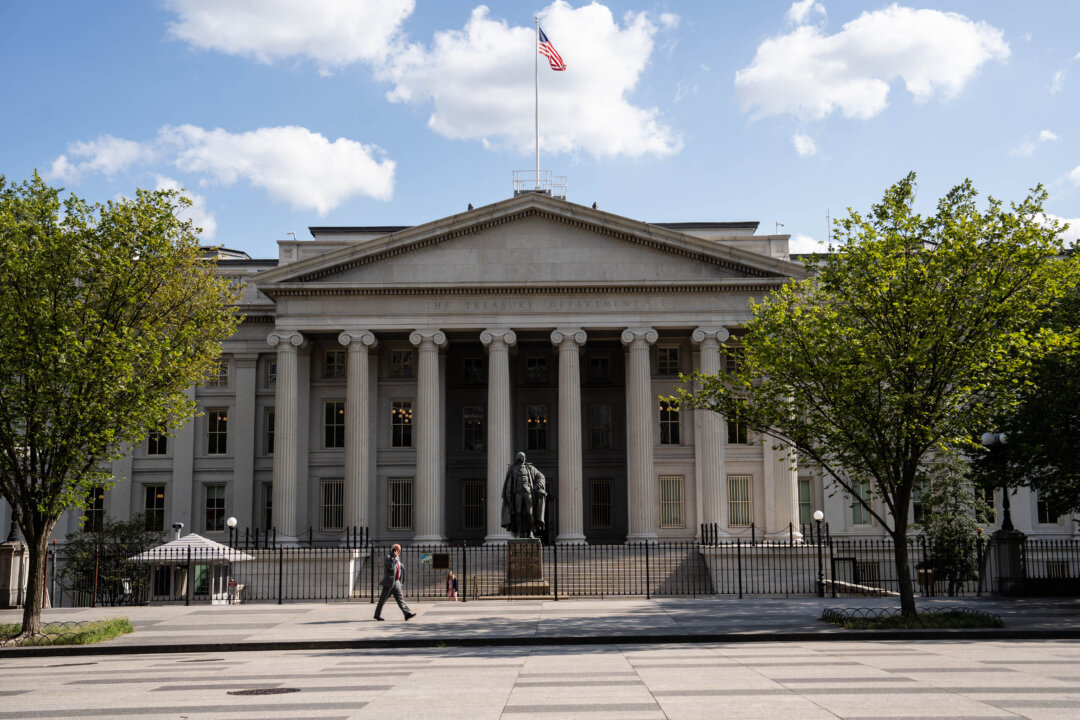



 English (US)
English (US)